- Like
- X
- Digg
- Tumblr
- VKontakte
- Buffer
- Love This
- Odnoklassniki
- Meneame
- Blogger
- Amazon
- Yahoo Mail
- Gmail
- AOL
- Newsvine
- HackerNews
- Evernote
- MySpace
- Mail.ru
- Viadeo
- Line
- Comments
- SMS
- Viber
- Telegram
- Subscribe
- Facebook Messenger
- Kakao
- LiveJournal
- Yammer
- Edgar
- Fintel
- Mix
- Instapaper
- Copy Link
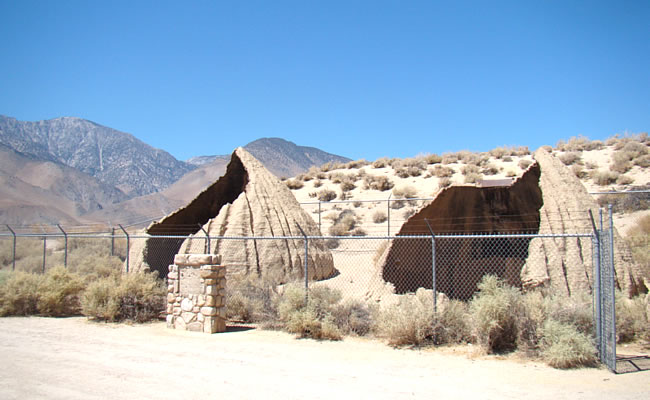
The Cottonwood Charcoal Kilns are seven miles north of the ranching town of Cartago in the Owens Valley of California. A graded dirt road off Highway 395 leads to the kilns. Any vehicle can make this side trip as long as you are careful. From the turnout on Highway 395, the kilns are approximately one mile. While visiting the kilns, you can walk down the road about a half mile and see the Southern Pacific RR track bed and the remains of a bridge over Cottonwood Creek.
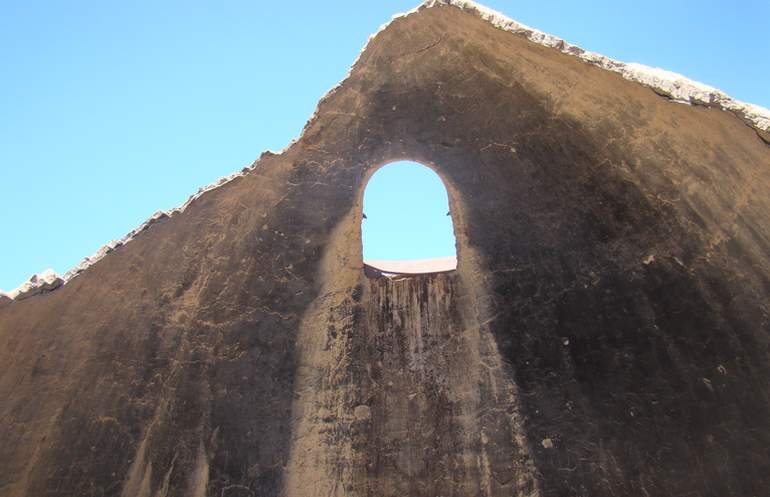
Cottonwood Charcoal Kilns History
The two Cottonwood Charcoal Kilns produced charcoal from wood. The charcoal was then transported to smelters in Swansea and Keeler on the eastern shore of Owens Lake. Bessie Brady steamers were used to transport the charcoal across the lake. On the return trip, the ship carried silver lead ingots across the lake to Cartago. From there, the ingots were transported by mule teams to Los Angeles. 1876, the Southern Pacific RR line was extended to Mojave, significantly improving transportation.
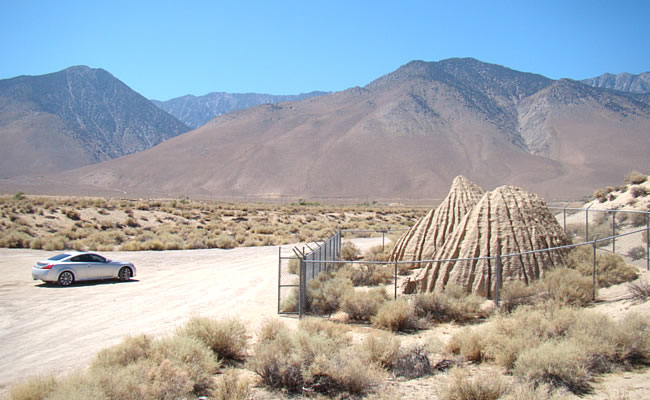
Cottonwood Creek Sawmill
Across Highway 395 is Cottonwood Canyon. In 1873, Sherman Stevens built a Sawmill at the head of Cottonwood Canyon to provide wood to the kilns. A 4-mile-long flume carried logs from the eastern slope of the Sierras to the mill, where they were cut into cords. The enterprise was so successful that the lumber flume was extended from the sawmill to the lakeshore near the kilns. Today, there are no remains of the mill or the flume; a fire destroyed both. Cottonwood Road can be accessed two miles north of the charcoal kilns along Highway 395.
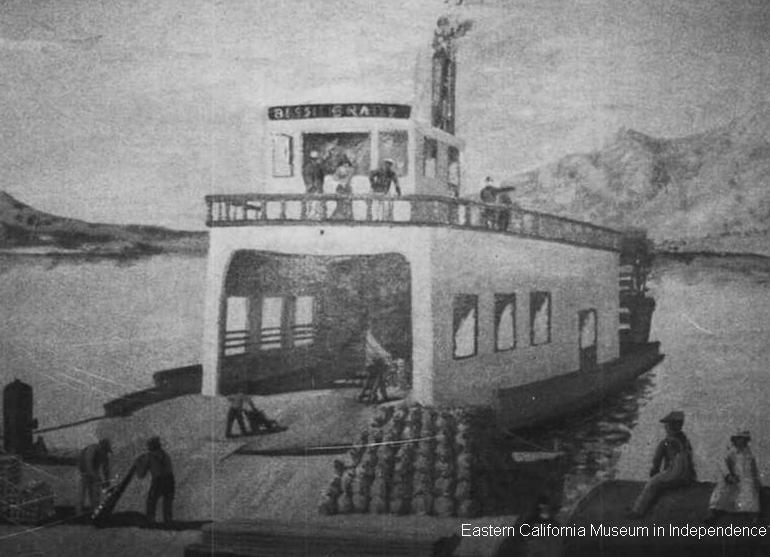
Bessie Brady Steam Boat Owens Lake
The Bessie Brady, a barge-like vessel, was built and launched from Cartago. The stern-wheeler was nearly 100 feet long, had a carrying capacity of about 200000 pounds, and cost $10,000 to make, which was a huge sum back then. A second smaller ship, the Molly Stevens, was built; however, the vessel was seldom used. The Bessie Brady ended in 1882 when it was being refitted with the engines from the Molly Stevens and caught fire. What was left of the ships was dismantled, and anything usable was sold. Even if the steamers had survived, their fate was sealed. The Southern Pacific Railroad reached Owens Lake, making them obsolete.
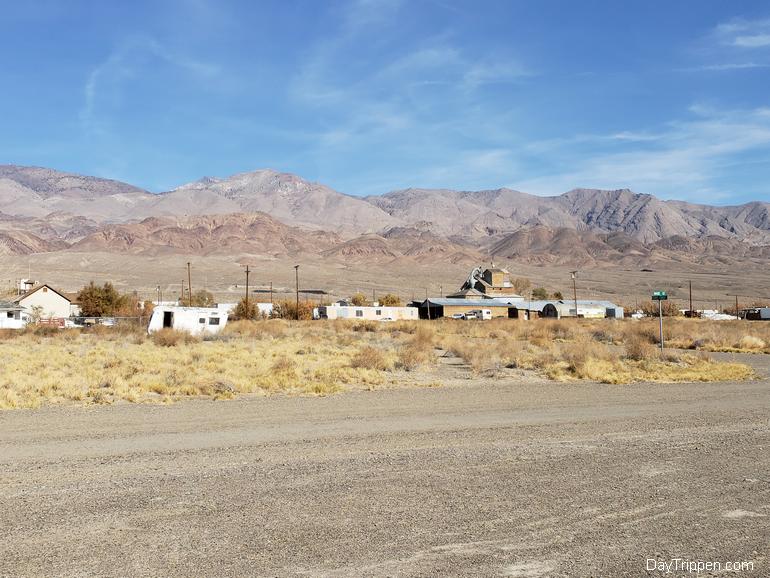
Keeler California
The town of Keeler on the north shore of Owens Lake became the shipping port for the mines after the 1872 Lone Pine earthquake destroyed most of Swansea. In the 1870s, Keeler, with a population of 5,000, served as a bustling hub of trade and commerce for the Cerro Gordo mines. Although the population of Keeler is much smaller today, it is still worth a visit if you happen to be in the area.
Cerro Gordo Mine Camp
The Cerro Gordo mine camp is a ghost town located at an elevation of 8500 feet. To get there, you must travel on a 27-mile graded dirt road. However, the property is privately owned, and you’ll need permission to access it. The road to Cerro Gordo may be impassable during winter or heavy rainfall. View Website.
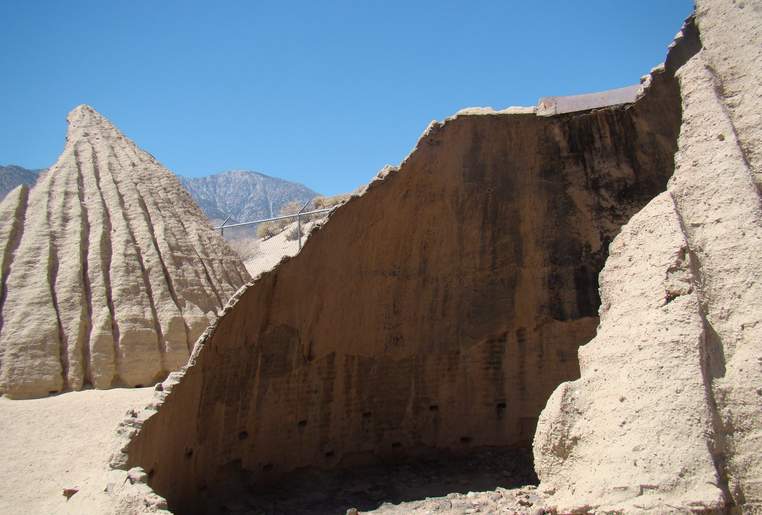
Cartago California
Cartago was the western shipping port for the Cerro Gordo Mines, responsible for transporting goods across Owens Lake to Swansea and Keeler, located directly below the mines. However, the town experienced a decline after the completion of the Los Angeles Aqueduct, which led to the drying up of Owens Lake. Despite its small population, Cartago has a rich history in the Owens Valley region and is a point of interest for those exploring the area’s past. A few pilings from the Cartago steamboat port are still visible at the former shore of Owens Lake.
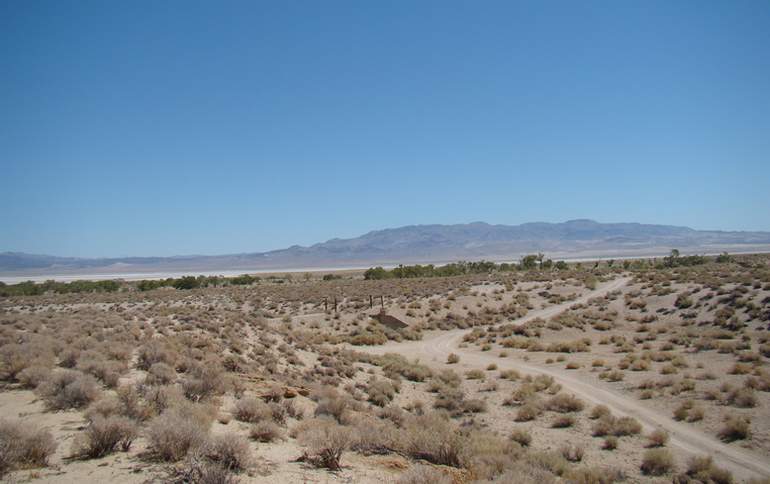
Getting to the Cottonwood Charcoal Kilns
Although desert winds and periodic rainstorms have eroded the charcoal kilns, they still stand magnificently in Owens Valley. Since the photos of the kilns were taken, a roof has been constructed to protect them from rain. Cottonwood Charcoal Kilns are located seven miles north of Cartago on Highway 395. There is a small sign at the turnoff. From there, proceed East about one mile toward the Owens Lake dry bed.
Nearby Places Worth Exploring
Owens Lake Trails Plover Wing Plaza
Owens Lake was once an important stopping point for millions of migrating waterfowl. It was common to see thousands of birds feeding along the lakeshore. Unfortunately, today, the lake has dried up, leaving only a dry lake bed. However, the Cartago Wildlife Area still offers a freshwater wetland habitat where birds can rest during migration. However, the number of birds stopping there has significantly decreased over time.
Dirty Sock Hot Spring
Dirty Sock Hot Spring is situated on the southeastern side of Owens Lake, close to Olancha, California. The spring features a sizable pool lined with concrete and fed by an underground spring. The water in the hot springs is heated by natural geothermal activity and gives off a particular odor similar to that of dirty socks.
- Like
- X
- Digg
- Tumblr
- VKontakte
- Buffer
- Love This
- Odnoklassniki
- Meneame
- Blogger
- Amazon
- Yahoo Mail
- Gmail
- AOL
- Newsvine
- HackerNews
- Evernote
- MySpace
- Mail.ru
- Viadeo
- Line
- Comments
- SMS
- Viber
- Telegram
- Subscribe
- Facebook Messenger
- Kakao
- LiveJournal
- Yammer
- Edgar
- Fintel
- Mix
- Instapaper
- Copy Link
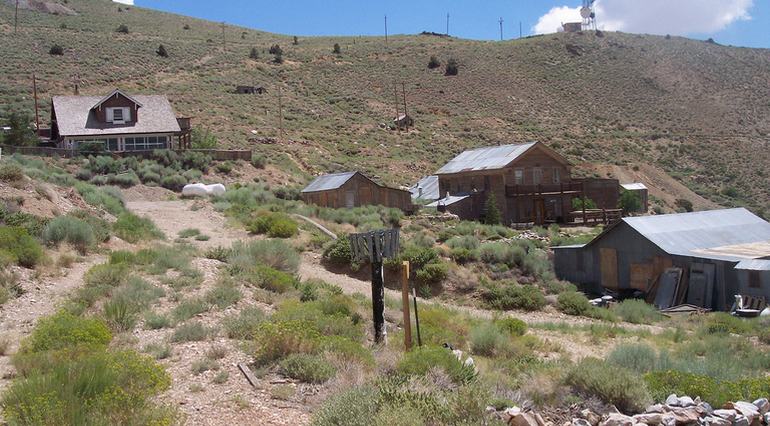
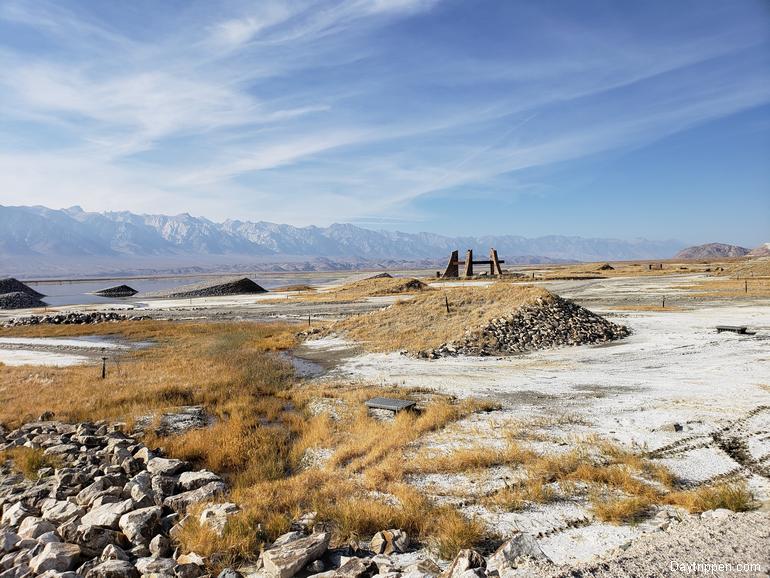
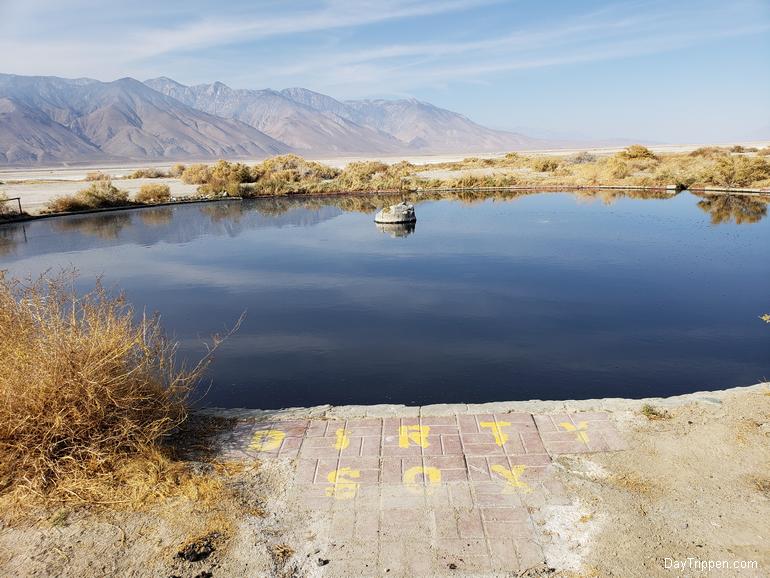
The road to the Charcoal Kilns is a little rough but we made it in a G37. So just about any car can make it as long as you drive slow. This little side trip is well worth the drive.